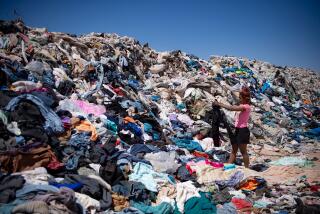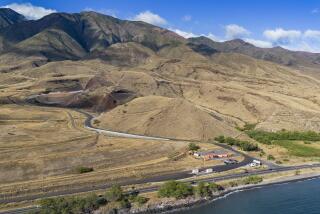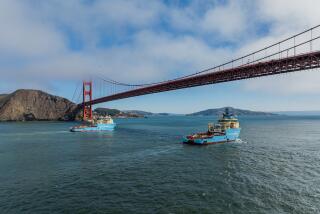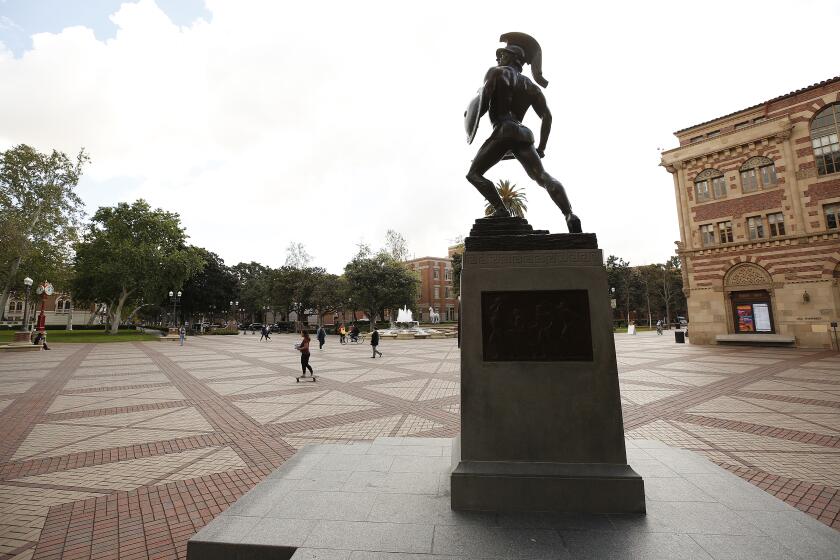The great Pacific garbage reality
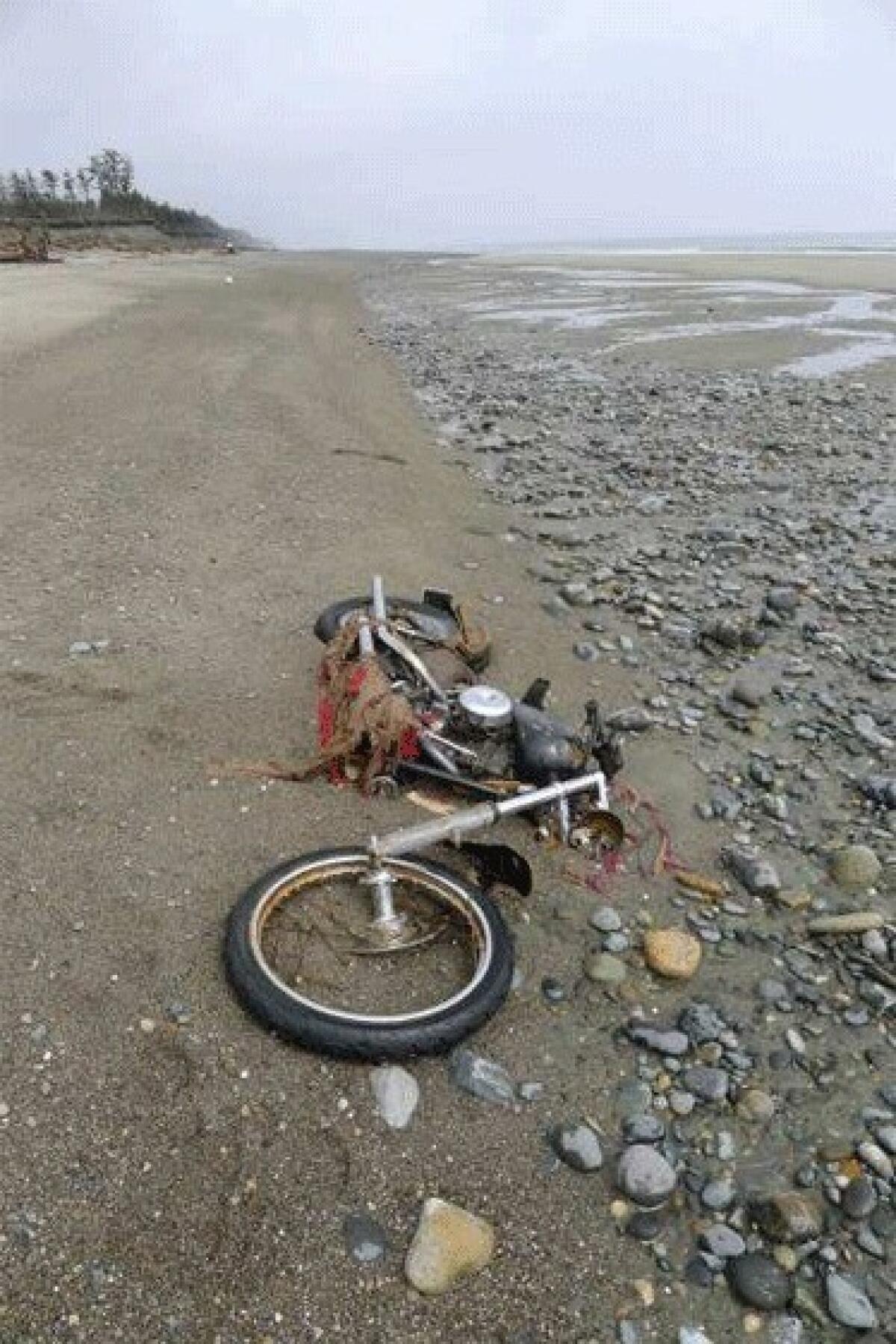
For months, West Coast residents have been bracing for an onslaught of items drifting toward us since last spring’s tsunami in northeastern Japan, which swept apartment buildings, cars, even entire villages, into the sea.
Now we are seeing the first trickle of that debris. A ghost ship arrived in the Gulf of Alaska this spring. A rusting Harley Davidson from Miyagi prefecture was discovered on a remote beach in British Columbia. A soccer ball found on an Alaskan island and marked with a personal message was returned to its delighted teenage owner in the tsunami-devastated town of Rikuzentakata.
Like dreams — or nightmares — these wayward bits of other people’s lives bring us closer to the distant disaster. They make the world smaller. A number of groups have started projects to reunite recovered possessions with their former owners. And one beachside town in Oregon is hoping tsunami “treasure hunting” will result in increased tourism.
But now that the first unlikely items have reached us, we’re also beginning to worry: Will the debris be radioactive? Will human remains turn up? Will mountains of scrap cover our beaches? One blogger callously suggested the Japanese government should pay for the cleanup.
Such reactions reveal a torrent of misconception.
First, there is no giant carpet of items making its way across the ocean. Immediately after the disaster, there were large rafts of debris — roofs and lumber and upturned boats clustered together — but these rapidly broke up. Just five weeks after the tsunami, National Oceanic and Atmospheric Administration monitors reported that debris fields could no longer be detected by satellite.
The debris is now dispersed across an area more than 4,500 miles long, and, according to Jan Hafner of the International Pacific Research Center at the University of Hawaii, it’s “very sparse, very patchy.”
Experts also say the debris is not likely to be radioactive. Most of the material entered the sea days before the Fukushima reactor started leaking radioactive water. A 20-foot-long Japanese boat discovered floating north of Midway Atoll last fall contained no traces of radiation. As for human remains coming ashore? Possible but highly unlikely, according to Washington state officials.
How much debris is still out there? Headlines about the “staggering mess” reported that 20 million tons of flotsam — a “garbage wave” — could wash up on Hawaii’s beaches. Other reports claimed 100 million tons of tsunami debris is on its way to the West Coast.
These numbers are vastly inflated. The Japanese government estimates that nearly 5 million tons of debris washed into the ocean during the tsunami. About 70% of that sank, according to NOAA. That left 1.5 million tons of floating items such as buoys, oil drums, lumber and boats. More than a year later, some of that debris has sunk or degraded.
It’s still a shocking amount of material, roughly 100,000 garbage trucks’ worth, but due to of currents and winds, it’s unlikely any one area or shoreline will see waves of debris.
Experts tracking it say most of the material is passing north of Hawaii. Relatively little is expected to hit California shores; most will end up farther north.
Beachcombers in Alaska and Washington state report a higher-than-usual number of Japanese fishing buoys coming ashore. Many items that do wash up, though, even those carrying Japanese writing, may not be from the tsunami at all but from boats, storms or other sources. A number of the tsunami “finds” reported so far have, on further examination, carried Chinese or Korean and not Japanese characters. Fly-swatters that recently washed ashore at Kodiak, Alaska, were at first dubbed tsunami debris, but they turned out to be from a shipping container that fell overboard four months ago.
And much of the debris will never make its way ashore at all but will remain in the ocean, swirling into a vast collection of floating trash known as the Great Pacific Garbage Patch. Most of the waste in this widely dispersed patch is plastic, which floats readily and takes centuries to break down.
Because it is so widespread and hard to measure, scientists are unsure exactly how much plastic is churning through the seas. Estimates range wildly; some as high as hundreds of millions of tons. A study released last month found plastic deep in the water column as well as on the surface, suggesting the ocean holds far more plastic than previously believed. A second study published this month indicates the amount of plastic in the Great Pacific Garbage Patch has increased 100-fold in the last four decades.
It’s clear that the vast amount of debris generated by the Japanese tsunami is just a small fraction of the human detritus that already fouls the oceans. Our seas already hold more trash than would be produced by dozens, if not hundreds, of tsunamis. And more is added each day.
Advocates with the nonprofit Ocean Conservancy claim “a tsunami’s worth of ocean trash is created every year simply by the things we buy, use and throw away.” Much of it is plastic — water bottles, disposable plates and utensils, bags — and it ends up in the ocean after it is dumped from boats, blown off beaches and landfills or washed down urban storm drains.
These floating garbage dumps are taking a horrific toll on marine life. We now find plastic lighters in the stomachs of baby Laysan albatross chicks and dead seals that have been strangled by discarded fishing gear. Scientists are also concerned that chemicals from plastic fragments ingested by fish are moving up the food chain and into our diets.
The statistics on oceanic garbage — garbage you and I all contribute to — are depressing, and not nearly as fascinating as the latest microwave, sofa or volleyball that may float across the Pacific from Japan. But the mundane, everyday garbage is what we should focus on.
We have no way to control tsunamis and the devastation they unleash on coastal residents and our seas. What we can control is the amount of garbage we allow to slip into our oceans each day.
Usha Lee McFarling won a Pulitzer Prize (with Kenneth Weiss and Rick Loomis) for the 2006 Los Angeles Times series “Altered Oceans.” She is currently an artist in residence at the University of Washington.
More to Read
A cure for the common opinion
Get thought-provoking perspectives with our weekly newsletter.
You may occasionally receive promotional content from the Los Angeles Times.
